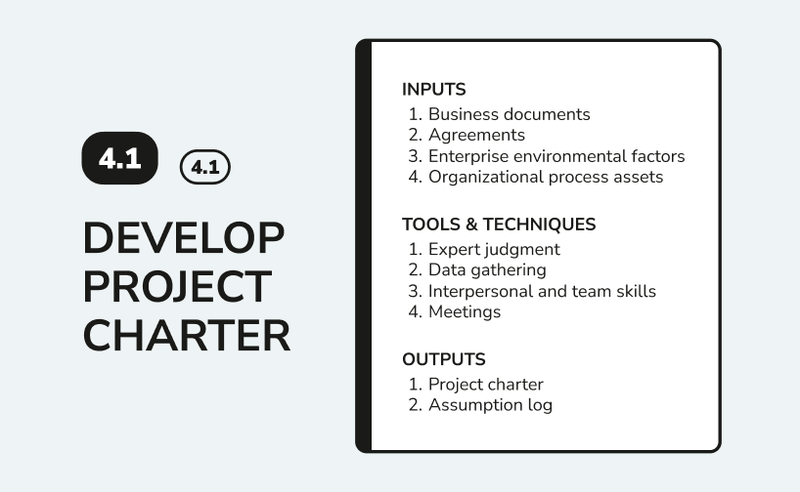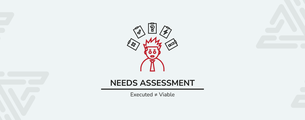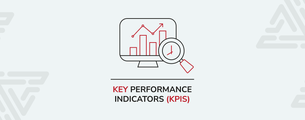Before any project begins, it's essential to create a comprehensive document that outlines the project's details. As a project manager, this go-to document ensures everyone is aligned throughout the project lifecycle. Known as the Project Charter, this document is vital for reminding all project members of the project’s objectives and agreements.
What is a Project Charter?
According to the PMBOK (Project Management Body of Knowledge) Guide from the PMI (Project Management Institute), a Project Charter is an official document that formally authorizes a project. It outlines the project's objectives, scope, stakeholders, and budget, serving as the foundation for setting project goals, responsibilities, and authority before developing a detailed project plan. This concise document provides a snapshot of the project's key elements, ensuring that everyone involved has a clear understanding and agreement.
Benefits of a Project Charter
At the outset of a project, a Project Charter offers several significant benefits:
- Clarifies Project Objectives: It defines what the project aims to achieve.
- Identifies Stakeholders: It specifies who the stakeholders are and their interests.
- Defines Roles and Authorities: It outlines the authority and responsibilities of all project members.
- Sets Clear Expectations: It ensures that all parties understand the project’s goals and expectations.
- Serves as a Roadmap: It provides a structured guide for the project's progression.
Develop Project Charter
The process of developing a Project Charter is outlined in the PMBOK under Integration Management (4.1) - you can find it by accessing the PM Processes Flow Chart on our homepage. This process is crucial as it formally authorizes the project and provides the project manager with the authority to apply resources to project activities. Here are the key components:

Inputs:
- Business Documents: Business case, benefits management plan.
- Agreements: Contracts, memorandums of understanding (MOUs), service level agreements (SLAs).
- Enterprise Environmental Factors (EEFs): Organizational culture, government or industry standards, infrastructure.
- Organizational Process Assets (OPAs): Policies, procedures, templates, historical information, and lessons learned.
Tools and Techniques:
- Expert Judgment: Leverage expertise from individuals or groups with specialized knowledge.
- Data Gathering: Techniques such as brainstorming, focus groups, and interviews.
- Interpersonal and Team Skills: Conflict management, facilitation, and meeting management.
- Meetings: Discuss project objectives, assumptions, and constraints with key stakeholders.
Outputs:
- Project Charter: The primary output, documenting project objectives, scope, stakeholders, and authority level.
- Assumption Log: Records all assumptions and constraints throughout the project lifecycle.
Key Elements of a Project Charter
A well-crafted Project Charter is essential for project managers, team members, and stakeholders. To ensure clarity, simplicity, and comprehensiveness, include the following elements:
- Project Overview: This section serves as the project’s executive summary. It should include general information such as the project’s name, description (including problems and objectives), sponsors, project manager, stakeholders, and deliverables.
- Roles and Responsibilities: Define the roles and responsibilities of the project team members. Also, list the stakeholders, including anyone with a vested interest in the project’s success.
- Goals and Objectives: Clearly outline the high-level benefits (goals) and the specific steps required to achieve them (objectives).
- Scope: Provide a brief description of the project's in-scope and out-of-scope items. This should be based on identifying key deliverables and milestones.
- Schedule: Offer an overview of the project’s timing, including key dates, deadlines, stages, and major deliverables.
- Budget: Outline the estimated financial resources needed for the project’s successful execution. This includes approximate costs and funding sources.
- Risks: Identify potential risks that could negatively impact the project and outline plans for mitigating these risks.
By establishing a clear vision of the project through a detailed Project Charter, stakeholders, sponsors, team members, and all involved parties gain a common understanding. This not only enhances communication but also sets the stage for a successful project launch from the very beginning.
Downloads
Supplemental Resources
Project Charter Template.docx
Get started with our Project Charter Template to outline your project's objectives, scope, stakeholders, and budget, ensuring clear communication and alignment from the start.





